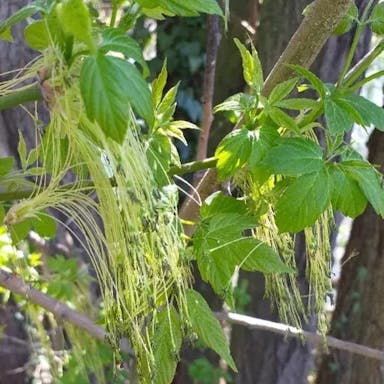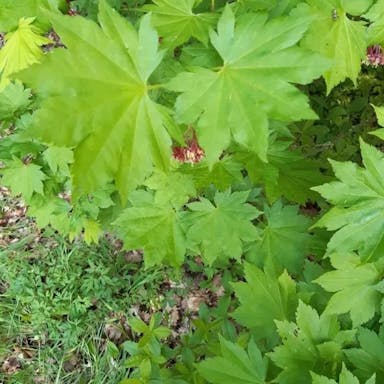Amur maackia, scientifically known as Maackia amurensis, is a deciduous tree native to eastern Asia, specifically China, Japan, and Korea. It belongs to the Fabaceae family and is characterized by its medium to large size, reaching heights of 15 to 25 meters. The tree has an upright, spreading habit with a rounded crown and a straight trunk. The flowers of Maackia amurensis bloom in dense bunches called panicles. These panicles can grow 10 to 15 centimeters long and show in late spring or early summer. The flowers pull in pollinators such as bees and butterflies. The leaves of Amur maackia are alternate, divided into 7 to 11 leaflets. The leaflets are oval to elliptic shaped and have a smooth edge. In autumn, the leaves become bright yellow, adding to the tree's beauty. The fruit of Maackia amurensis is a pod, typically brown, containing several seeds. The pods are not edible but give food for wildlife. Amur maackia grows well and adapts to various soil types, including clay, loam, and sandy soils. It likes full sun to partial shade and can withstand drought and pollution. This tree is used in landscaping due to its pretty looks and ability to live in harsh conditions.
0
0












